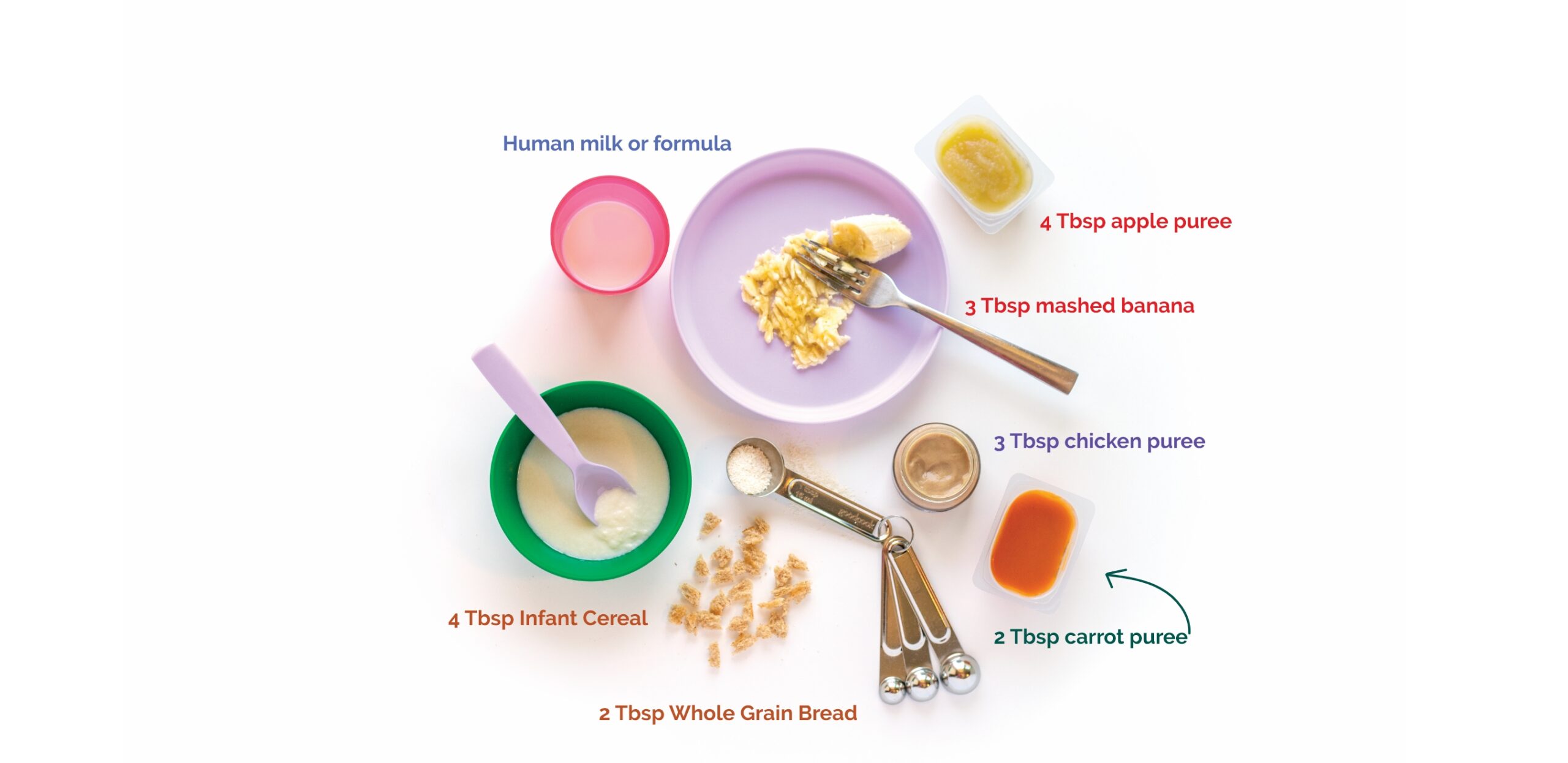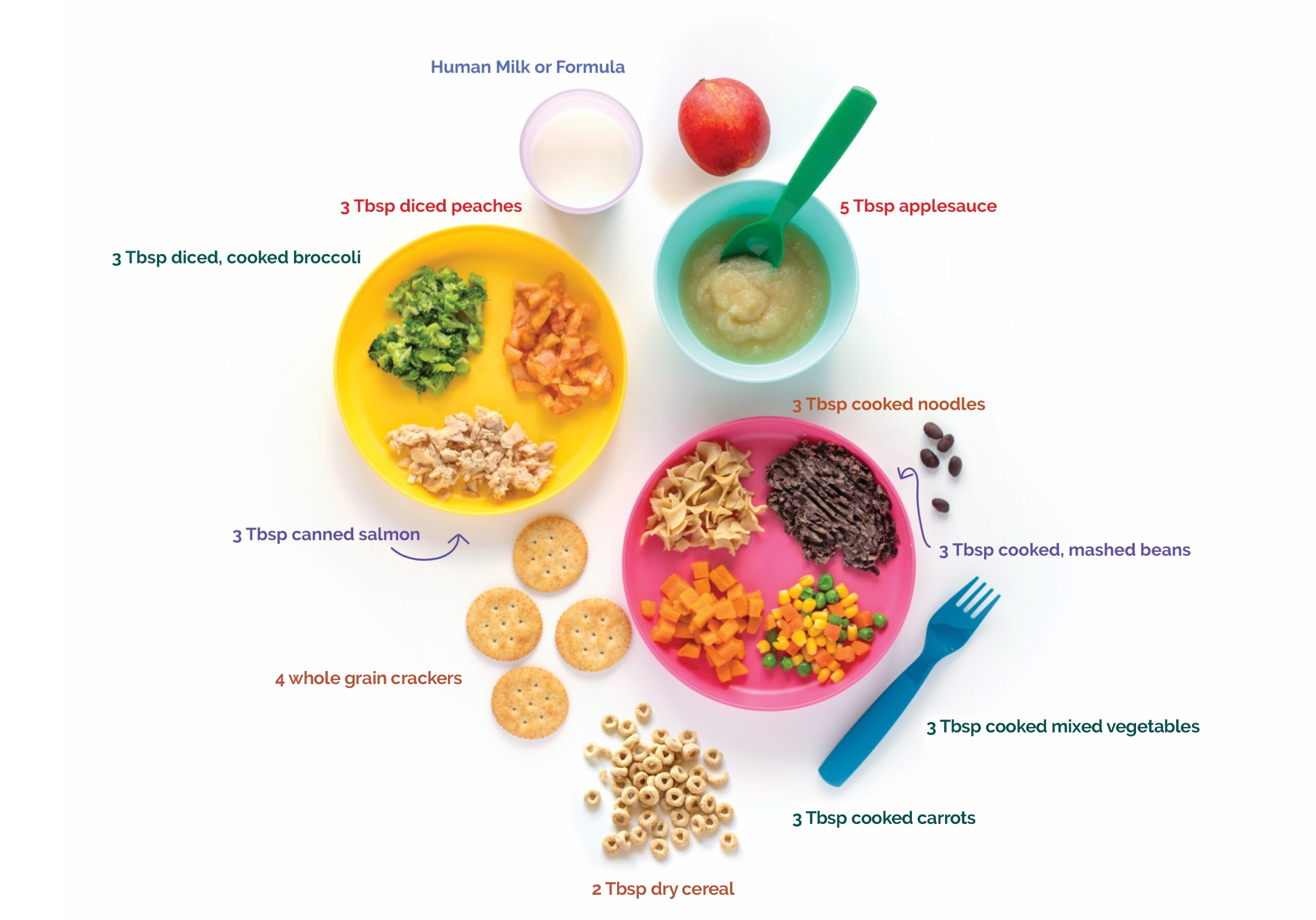
The idea of breastfeeding more than one baby may seem overwhelming at first, but the benefits are well worth it. Many moms of multiples find breastfeeding easier because there is nothing to prepare. A lot of mothers successfully breastfeed more than one baby even after going back to work or school
Finding
Support
Talk to WIC, your healthcare provider, hospital, or local breastfeeding center and ask for help with:
- Joining a support group for parents of multiples
- Finding a lactation consultant who has experience with multiples
- Finding online resources, brochures, and books for parents of multiples
- Reaching out to other moms of multiples who have successfully breastfeed

Even if your babies need to spend time in the hospital, breastfeeding is still possible.
Making
Enough Milk
Most moms of multiples make plenty of milk for their babies. Many mothers exclusively breastfeed or express their milk for triplets or even quadruplets!
Keep these tips in mind:
- Breastfeed soon and often after giving birth
- The more milk that is removed from your breasts, the more milk your body will make
- Using an electric breast pump between nursing sessions can help you make more milk
- You can track wet and poopy diapers to know your babies are getting enough milk
- Your doctor will also check your babies’ weight to know they are getting enough milk
It helps to have each baby feed from both of your breasts. Switching sides helps keep your milk supply up if one baby isn’t eating as well as the other baby.
You can do this by:
Assigning a breast to each baby for a feeding and switch at the next feeding
OR
Assigning a breast to each baby for a day and switch the next day.























